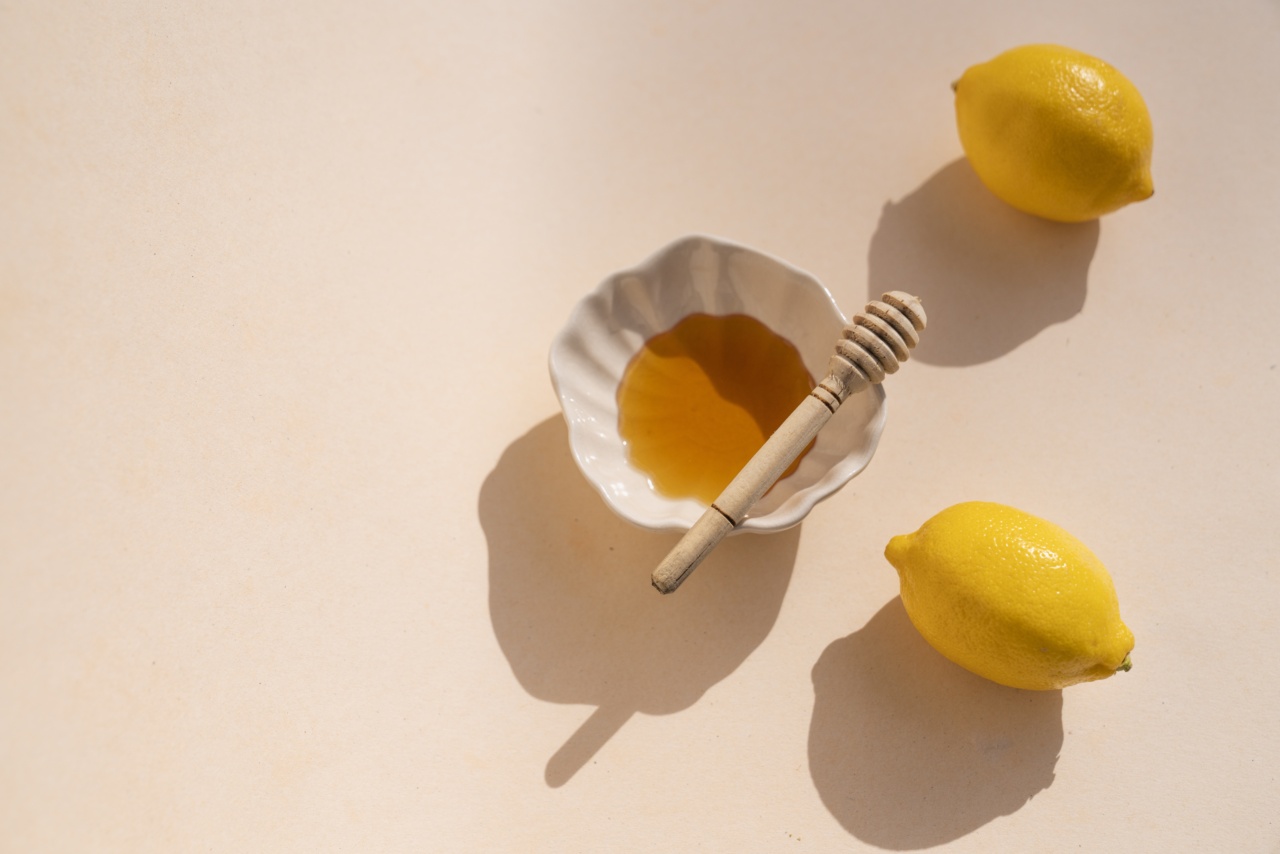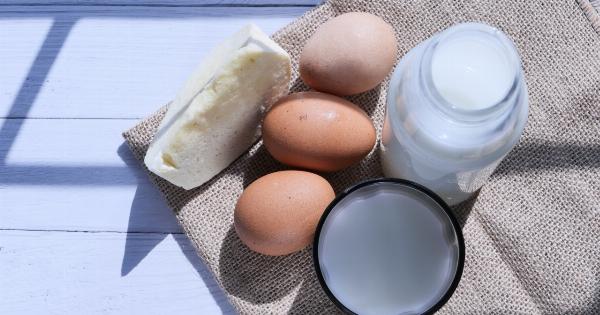Conditioning products play a crucial role in maintaining healthy and lustrous hair.
Whether it’s a conditioner, leave-in treatment, or deep conditioning mask, these products are formulated to nourish and protect our hair, making it more manageable, shiny, and less prone to damage. However, as consumers become more conscious about ingredients and their potential impacts, it’s essential to delve deeper into the safety of the ingredients commonly found in conditioning products.
This article aims to investigate the safety of these ingredients and provide the necessary information for consumers to make informed choices.
The relevance of ingredient safety in conditioning products
When it comes to personal care products, like conditioning products, it’s crucial to consider the safety of the ingredients they contain.
Our skin, scalp, and hair can be sensitive to certain chemicals, resulting in adverse reactions such as irritation, dryness, or even allergies. Therefore, understanding the safety profile of the ingredients used in these products is vital for our overall well-being.
Synthetic chemicals vs natural ingredients
Conditioning products can contain a variety of ingredients, ranging from synthetic chemicals to natural extracts.
Synthetic chemicals, though often effective in enhancing the product’s performance, may raise concerns due to their potential side effects. On the other hand, natural ingredients derived from plants and other organic sources are generally perceived as safer alternatives. However, it’s important to note that even natural ingredients can cause allergic reactions in some individuals.
Common synthetic chemicals found in conditioning products
1. Sodium Lauryl Sulfate (SLS): SLS is a surfactant commonly used in shampoos and conditioners to create a lathering effect. It can potentially cause skin and scalp irritation, especially in those with sensitive skin.
2. Parabens: Parabens are preservatives used to extend the shelf life of cosmetic products. There have been concerns about parabens mimicking estrogen in the body, although more research is needed to establish their long-term effects.
3. Phthalates: Phthalates are often found in fragrance formulations and help retain scent. While they have been linked to certain health issues, such as endocrine disruption, their use in cosmetic products is regulated in many countries.
4. Formaldehyde: Formaldehyde-releasing preservatives, such as DMDM Hydantoin and Diazolidinyl Urea, are used to prevent bacterial growth in conditioning products.
Formaldehyde is a known human carcinogen, but these preservatives release low levels of formaldehyde, which are considered safe within established limits.
Benefits of natural ingredients
1. Aloe Vera: Aloe vera is a natural moisturizer that helps soothe the scalp and improve hair’s overall health. It is known for its calming and hydrating properties, making it an excellent ingredient for conditioning products.
2. Coconut oil: Coconut oil is rich in fatty acids and helps moisturize and nourish the hair. It can penetrate the hair shaft, reducing protein loss and improving hair strength and flexibility.
3. Shea butter: Shea butter is a popular natural ingredient known for its moisturizing properties. It helps seal in moisture, reduces frizz, and adds shine to the hair.
4. Argan oil: Argan oil is derived from the kernels of the Moroccan argan tree and is rich in antioxidants, essential fatty acids, and vitamin E. It helps moisturize the hair, improve elasticity, and protect it from damage caused by heat and styling.
Ensuring ingredient safety and making informed choices
While some synthetic chemicals may raise concerns, it’s important to remember that cosmetic products undergo stringent safety testing before they are made available for sale.
Regulatory bodies, such as the Food and Drug Administration (FDA), set guidelines and limits for the use of certain ingredients to ensure consumer safety.
As a consumer, you can take certain steps to ensure the safety of the conditioning products you use:.
1. Read the label: Look for products that provide detailed ingredient lists. Avoid products that contain ingredients you are allergic to or have had adverse reactions to in the past.
2. Do your research: Take the time to learn about different ingredients and their potential effects. Websites, blogs, and reputable online resources can provide valuable information.
3. Patch test: Before applying a new conditioning product to your hair or scalp, perform a patch test to check for any adverse reactions. Apply a small amount of the product to a small area and observe for at least 24 hours.
4. Consult a professional: If you have specific concerns or sensitivities, seek advice from a dermatologist or hairstylist who can recommend suitable products based on your needs.
In conclusion
Conditioning products can be a valuable part of our haircare routine, restoring moisture and improving hair health. While certain synthetic chemicals may raise concerns, cosmetic products undergo rigorous testing to ensure consumer safety.
Natural ingredients also offer numerous benefits and are generally well-tolerated. By understanding the ingredients in conditioning products, reading labels, and conducting research, consumers can make informed choices and enjoy the benefits of these products with confidence.






























